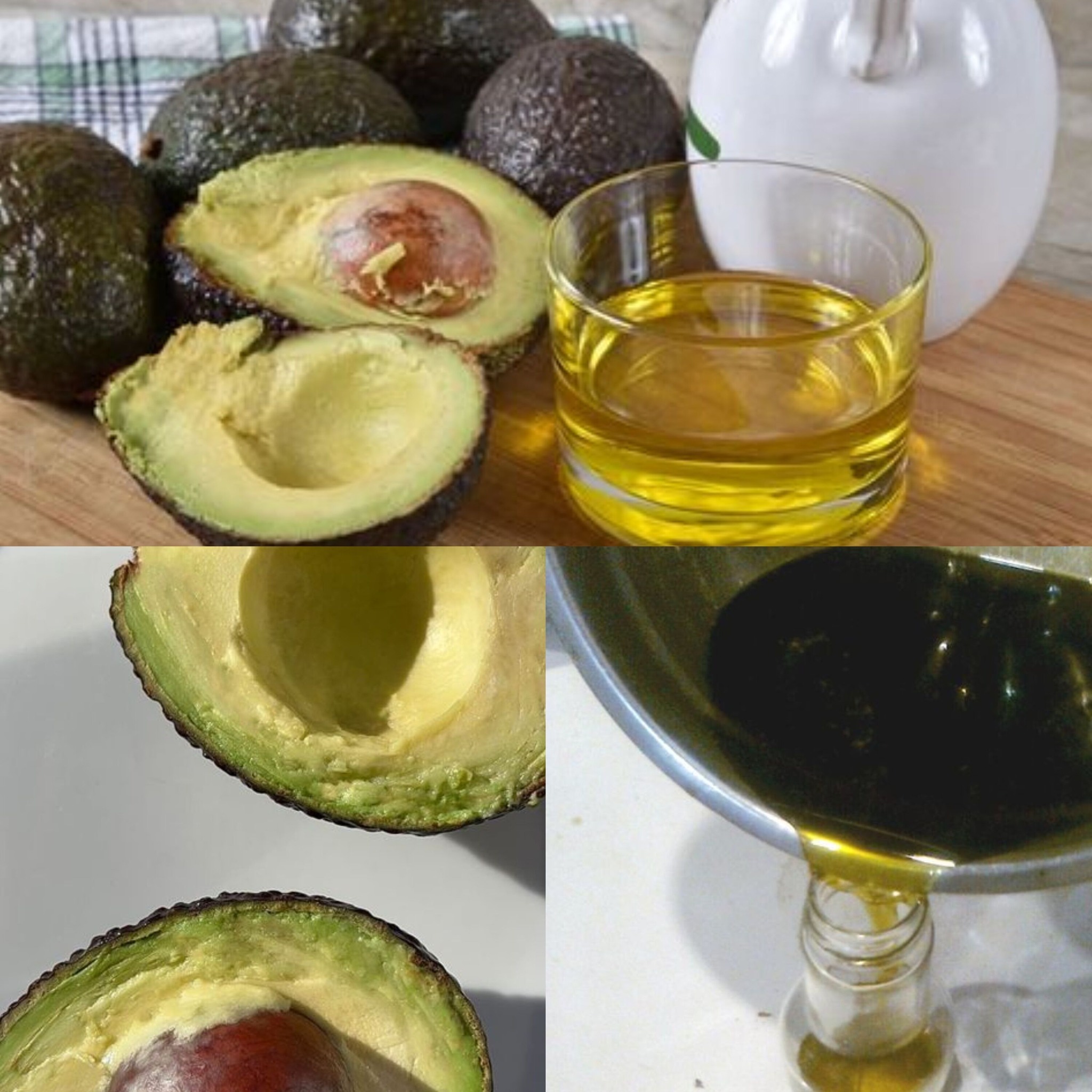ADVERTISEMENT
2. Cut and Scoop Out the Flesh
- Slice the avocados in half and remove the pit.
- Scoop the green flesh of the avocado into a bowl, leaving the skin behind.
- The amount of avocado flesh you’ll need depends on how much oil you want to produce. For a small batch, 6-8 ripe avocados should be enough.
3. Blend or Mash the Avocados
- Once you’ve scooped out the flesh, place it in a blender or food processor.
- Blend or process until it forms a smooth, creamy paste. The smoother the mixture, the easier it will be to extract the oil.
- Alternatively, if you prefer a more hands-on approach, you can mash the flesh by hand, but using a blender will make the process faster and more efficient.
4. Heat the Mixture
Now, you’ll need to heat the avocado paste to help release the oil:
- Pour the blended avocado paste into a non-stick skillet or saucepan.
- Place the skillet over low heat and cook the paste for about 10-15 minutes. Stir occasionally to ensure it doesn’t burn.
- You’ll notice that the oil starts to separate from the pulp as it heats up. This is the oil being extracted.
5. Strain the Oil
Once the paste has heated and oil has separated, it’s time to strain it:
- Take a fine mesh strainer or cheesecloth and place it over a clean bowl or jar.
- Carefully pour the heated avocado paste through the strainer, allowing the oil to drip down into the bowl.
- Use a spoon to gently press down on the paste to extract as much oil as possible.
6. Store Your Homemade Avocado Oil
Once the oil has been extracted, transfer it to a glass jar or bottle for storage.
- Let the oil cool to room temperature before sealing the container.
- Store your homemade avocado oil in a cool, dark place away from direct sunlight to preserve its freshness. Homemade avocado oil should be good for about 1-2 weeks in the fridge, but you can freeze excess oil if needed.
Uses for Homemade Avocado Oil
Your homemade avocado oil can be used for various purposes, both culinary and cosmetic. Here are some ideas:
- Cooking & Baking: Use it in stir-fries, dressings, or baking. Its high smoke point makes it great for high-heat cooking.
- Skin Care: Avocado oil is rich in vitamins E and K, making it perfect for moisturizing dry skin.
- Hair Care: Apply it as a hair mask to nourish and hydrate your hair.
- Massage Oil: Combine with essential oils for a relaxing massage.
Tips for Making Avocado Oil
- Use Organic Avocados: If possible, choose organic avocados to avoid pesticides.
- Ensure Proper Heating: While heating, avoid high temperatures that could damage the oil’s nutrients. Low, steady heat will allow the oil to separate better.
- Clean Tools: Make sure all your tools (blender, strainer, jar) are clean to avoid contamination and spoilage.
Conclusion
Making avocado oil at home is a simple, rewarding process that allows you to enjoy the benefits of this healthy oil in its purest form. By following these easy steps, you can create your own batch of fresh, homemade avocado oil that’s perfect for cooking, skincare, and more. Whether you’re looking to boost your cooking with heart-healthy fats or create a natural beauty routine, homemade avocado oil offers countless possibilities. Give it a try and experience the richness of avocado oil straight from your kitchen!
ADVERTISEMENT
